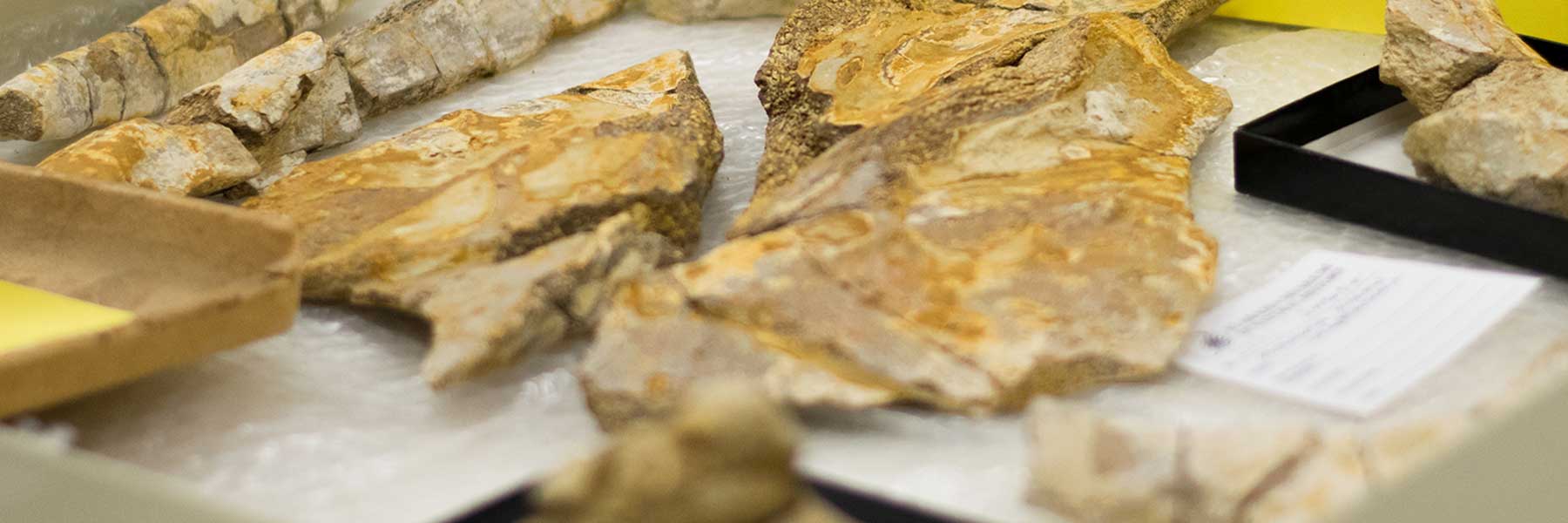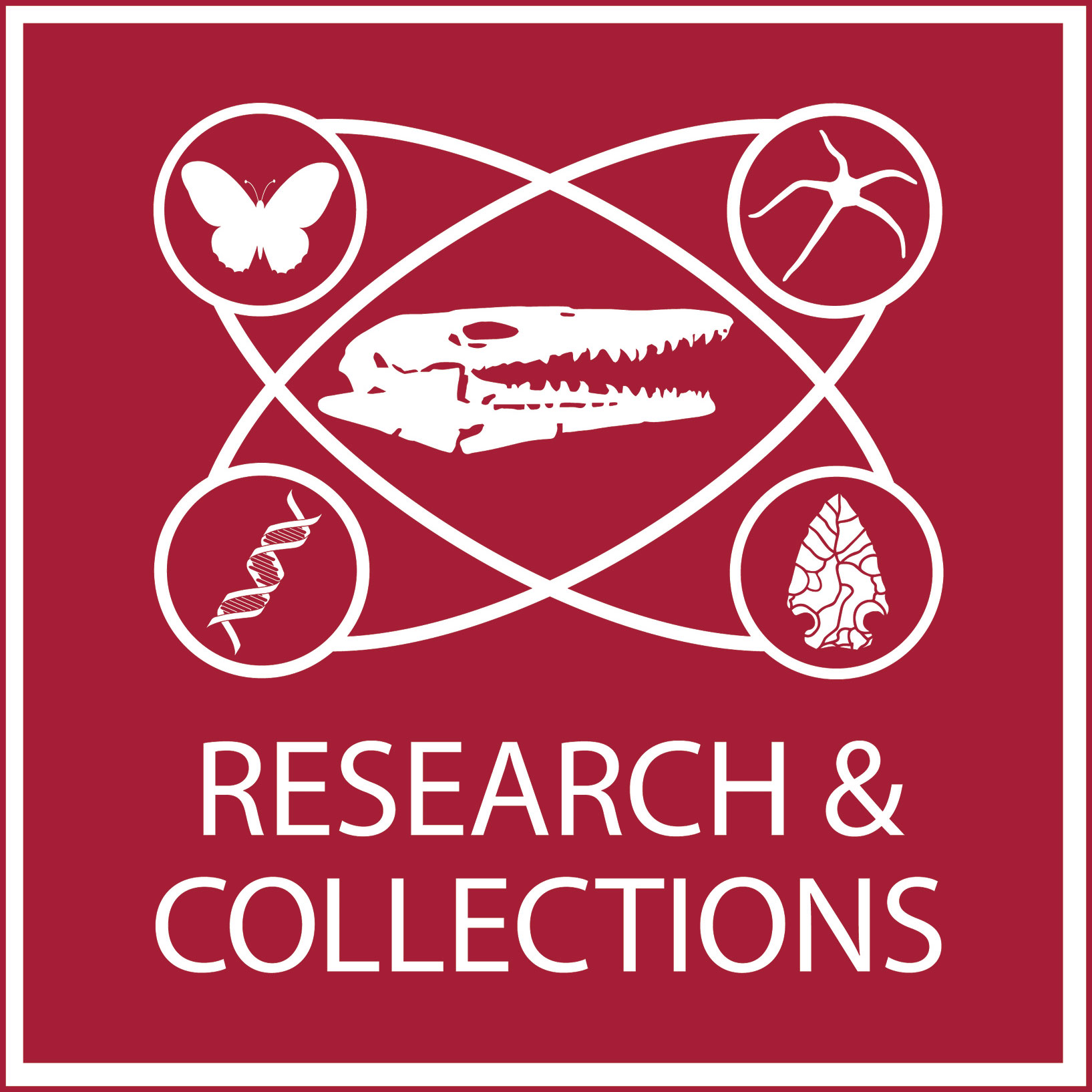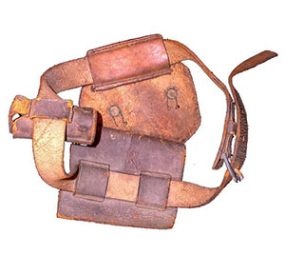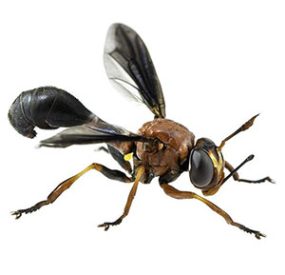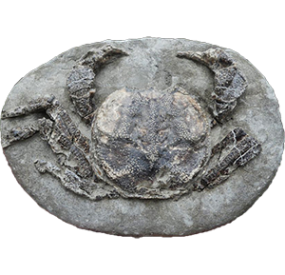Welcome to the Department of Museum Research and Collections!

Unseen Archives: 10 UA Museums Items You Won’t See on Display
The University of Alabama Museums house several million items from prehistoric fossils to ancient tools to animal specimens of all sorts to sports memorabilia – and pretty much anything in between. Visitors can see many of these items on display, but the public exhibits only scratch the surface of what UA Museums’ department of museum research and collections manages. These items are used by researchers, including students, from around the world and also for teaching and outreach. Read the full article over […]

The Buzz About Cicadas
That incessant buzzing sound you’ve been hearing for weeks now is not in your head. It’s mostly in the trees and bushes and all over your yard. It’s the (actually) harmless cicada. Dr. John Abbott, an entomologist and chief curator and director of The University of Alabama department of museum research and collections, said adult cicadas live four to six weeks and it’s the males we hear calling. This is Brood XIX coming out this year. There were some stragglers […]
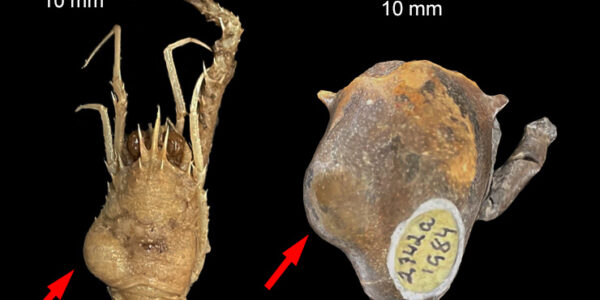
How well do parasitic traces preserve in decapod crustaceans?
Parasites are very common today and are an important part of terrestrial and marine ecosystems. They also have been found in the fossil record, but their small size and soft body make their preservation a rarity. Some parasites leave a trace indicating their presence on or within the host, even if the parasite itself is not preserved. One example are traces made by epicaridean isopod parasites in decapod crustacean hosts such as crabs, shrimps, and lobsters. These isopod parasites can […]
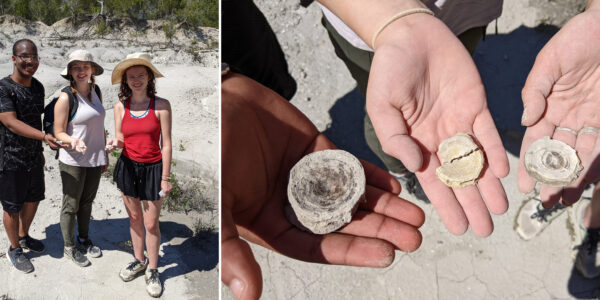
Students discover rare fossils during Blount Scholars course field trips
Paleontology speaks to the imagination of many people, including students at The University of Alabama. Over the last few years, the course Paleontology and Society has been offered in the spring semester via the selective Blount Scholars Program. This course for undergraduate students is taught by Dr. Adiel Klompmaker, UA Museums’ Curator of Paleontology. An important part of this course is focused learning outside the classroom. During several field trips students got a chance to experience fossil collecting and interpreting […]
